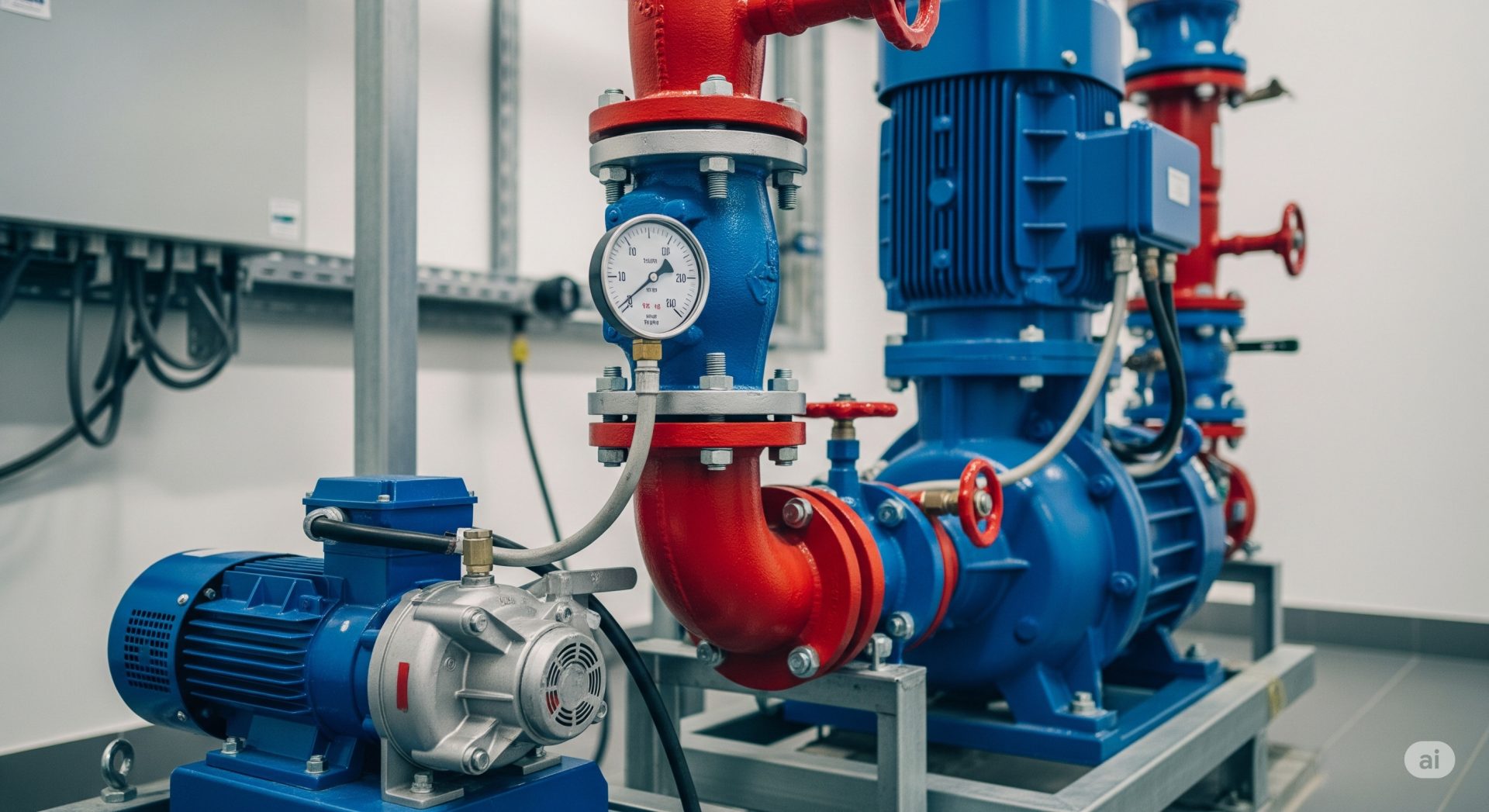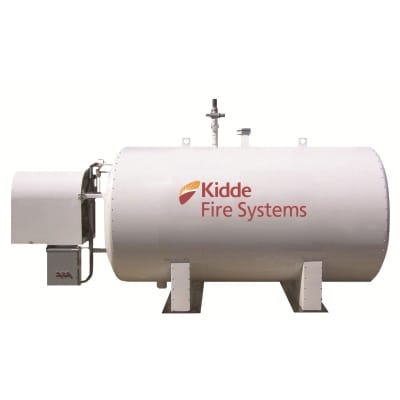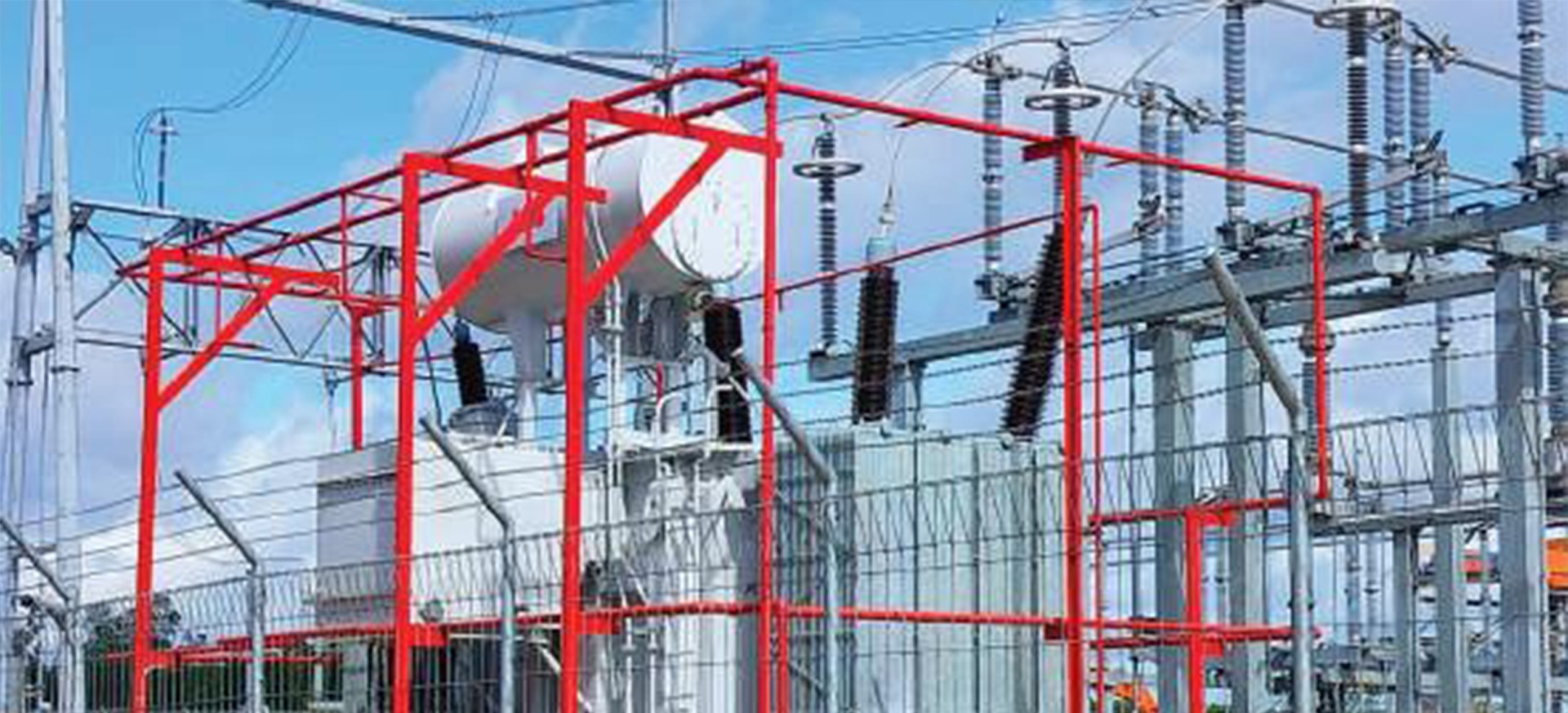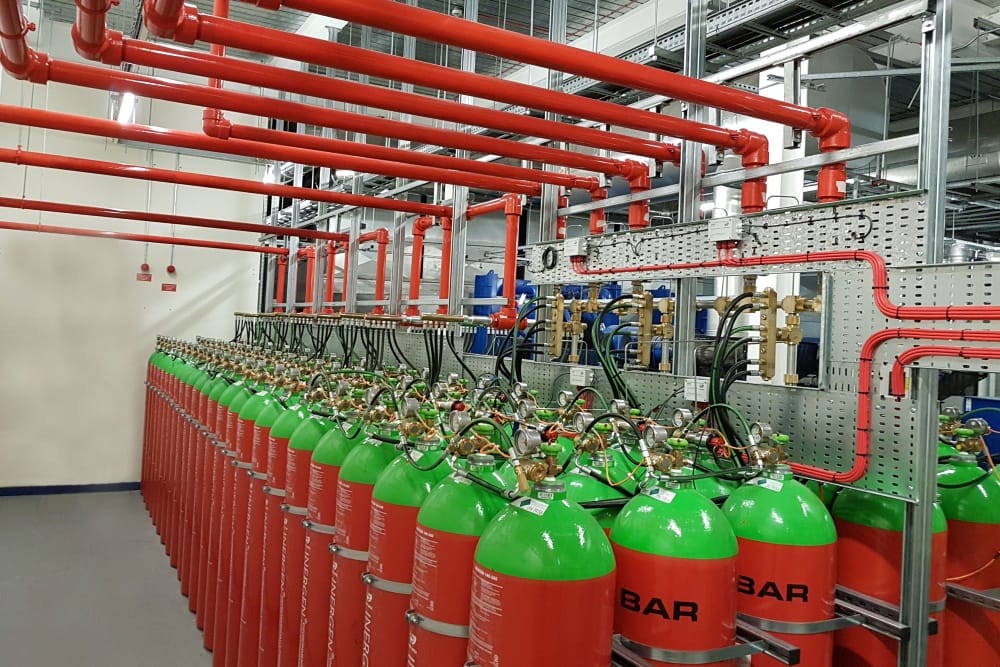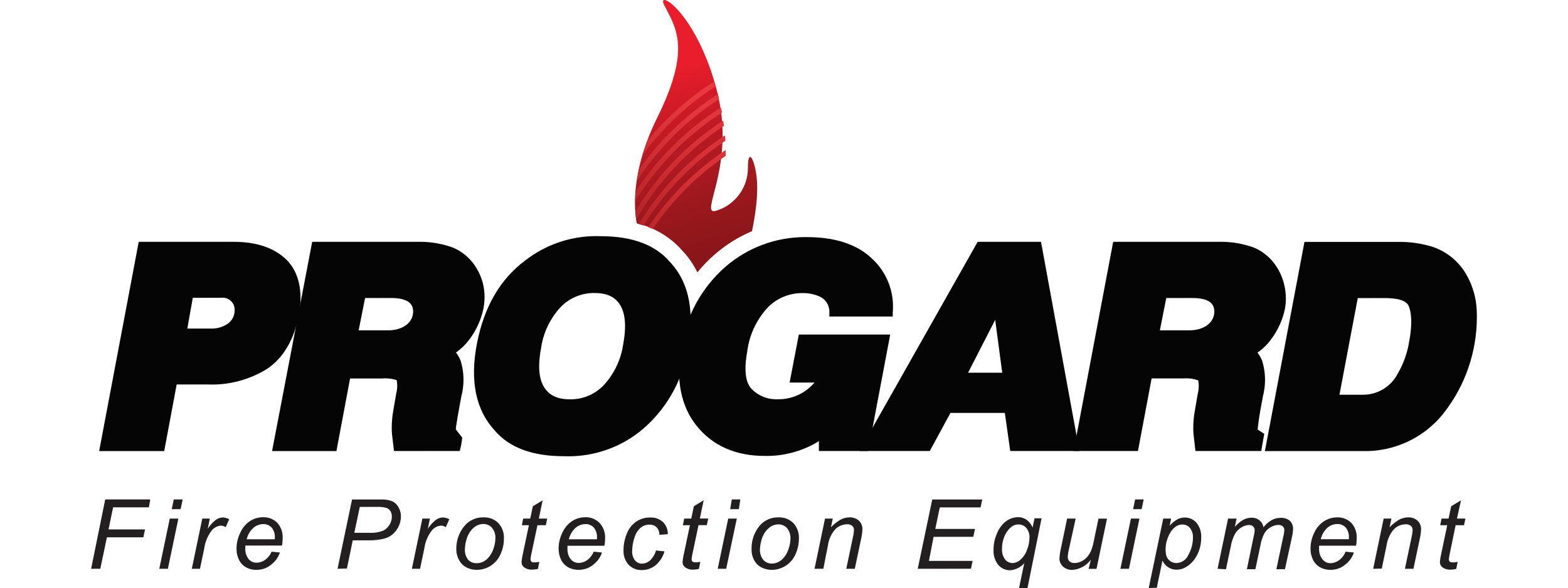The Crucial Role of Jockey Pumps in Fire Fighting Systems
In fire protection, every detail counts. One component often underestimated yet profoundly important is the jockey pump. This relatively small pump acts as the front line in maintaining stable static pressure within the piping network of fire fighting systems, such as sprinklers and hydrants. Without a jockey pump, the efficiency and readiness of a fire protection system would be severely compromised.
What is a Jockey Pump and How Does It Work?
A jockey pump is a low-capacity vertical or horizontal centrifugal pump specifically designed to maintain the pressure of a fire fighting system. Unlike the main fire pump, which delivers large volumes of water during a fire, the jockey pump works continuously to compensate for minor pressure losses that can occur due to various factors, such as:
- Minor Leaks: Over time, pipe connections or valves might develop micro-leaks, causing a gradual pressure drop.
- Temperature Changes: Fluctuations in ambient temperature can cause water in the pipes to slightly expand or contract, also affecting pressure.
- False Alarms: Sometimes, a brief pressure drop can trigger a false alarm if a jockey pump isn’t in place.
Its mechanism of action is quite intelligent:
- Pressure Sensor: The jockey pump is connected to a pressure sensor that continuously monitors the water pressure within the pipe system.
- Pressure Threshold: The system’s operational pressure is set at a specific threshold. If the pressure drops below the predetermined minimum threshold (e.g., due to a small leak), the sensor detects it.
- Automatic Activation: As soon as the pressure reaches the lower threshold, the jockey pump automatically turns on.
- Pressure Restoration: This pump injects a small amount of water into the system to restore the pressure to the desired level.
- Automatic Deactivation: Once the pressure returns to normal, the jockey pump automatically shuts off.
This process occurs repeatedly throughout the day, keeping the system pressure optimal without needing to activate the larger, more powerful, and energy-intensive main fire pump.
Why Is a Jockey Pump So Important? Key Benefits
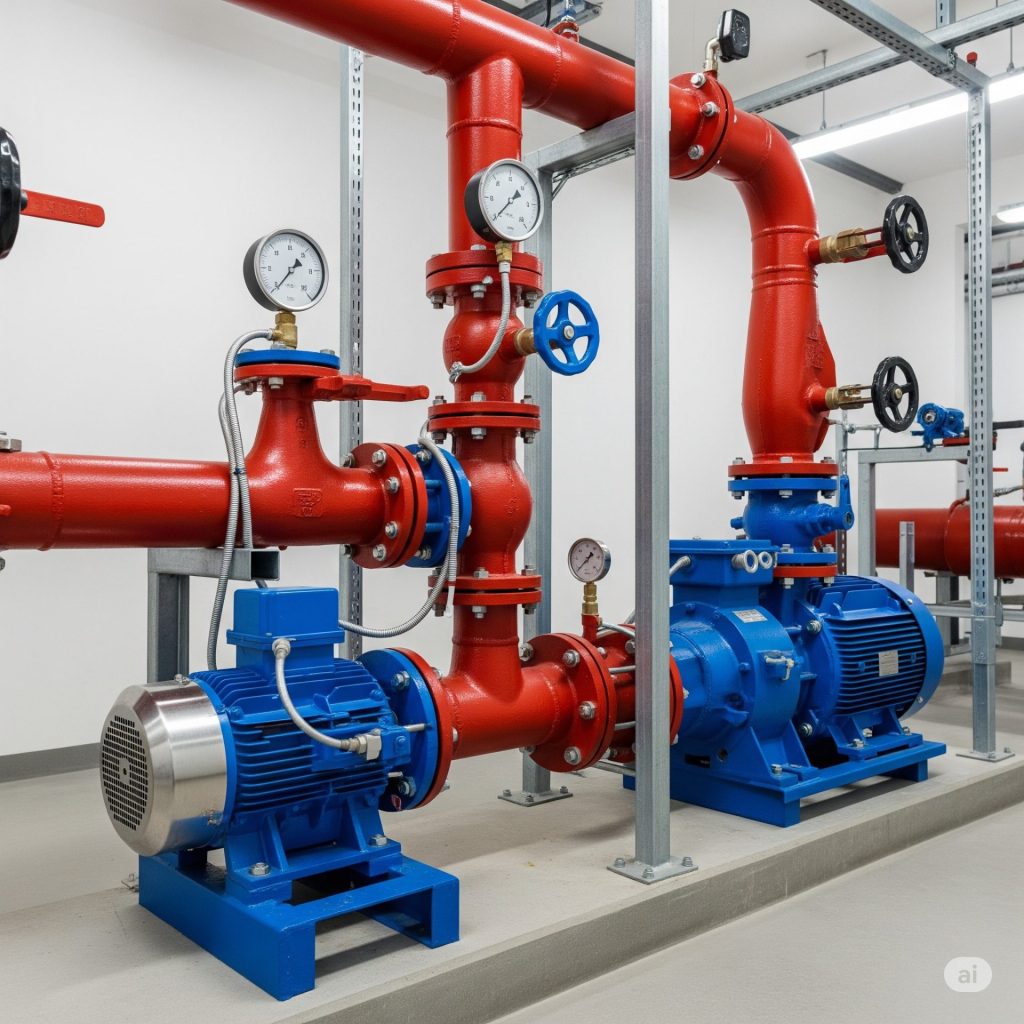
The presence of a jockey pump in a fire fighting system provides several essential benefits that impact the system’s performance and sustainability:
1. Extends the Lifespan of the Main Fire Pump
This is the most significant benefit. Without a jockey pump, every pressure drop, no matter how small, would force the main pump to start. Frequent activation and deactivation of the main pump (known as “cycling”) would lead to:
- Excessive Wear: Mechanical components of the pump would experience faster stress and wear.
- Overheating: The pump motor could overheat due to frequent operation and stopping.
- Electrical Damage: Power surges during start-up can damage the pump’s electrical system. With a jockey pump, the main pump only activates when truly needed, i.e., when a significant pressure drop indicates a fire.
2. Optimal Energy Efficiency
The main pump consumes a substantial amount of electricity when operating. By preventing unnecessary cycling, the jockey pump drastically reduces the overall energy consumption of the fire fighting system. This translates into substantial operational cost savings in the long run.
3. Maximum Fire Fighting System Readiness
The stable and constantly maintained pressure by the jockey pump ensures that the sprinkler or hydrant system is always in a state of readiness. When a fire occurs, a rapid response is key. With optimal pressure already in place, water will immediately flow with full force, maximizing firefighting effectiveness.
4. Early Detection of System Issues
If the jockey pump starts activating frequently or running longer than usual, it could indicate a larger problem, such as a significant pipe leak or a damaged valve. This allows technicians to detect and rectify issues before they escalate into serious system failures.
5. Prevents False Alarms
Small pressure fluctuations can trigger unnecessary false fire alarms. The jockey pump helps stabilize pressure, reducing the risk of false alarms that can disrupt operations and incur unnecessary emergency response costs.
Choosing and Installing the Right Jockey Pump
Selecting the right jockey pump must be based on your fire fighting system’s specifications, including pipe size, water volume, and required pressure. It’s important to:
- Correct Sizing: Ensure the jockey pump’s capacity matches your system’s needs. One that’s too small will overwork, while one that’s too large might be energy inefficient.
- Quality and Standards: Choose jockey pumps from reputable manufacturers that meet international safety and quality standards (e.g., NFPA 20 for fire pump installations).
- Routine Maintenance: Like any other component, jockey pumps require regular inspection and maintenance to ensure optimal performance.
Investing in a quality jockey pump is a crucial step in building a reliable and efficient fire protection system. It’s not just about meeting safety requirements; it’s also about protecting valuable assets, property, and most importantly, human lives. Never underestimate the role of this small “pressure guardian” in ensuring your safety!
Need a trustworthy fire protection contractor that provides complete solutions, including high-quality jockey pumps? PT Adiwarna Anugerah Abadi Tbk. is ready to be your partner. Contact us now for a free consultation and ensure your fire protection system is always in prime condition!




- Our Products
- Fire Protection Systems & Products
- Sales & Inquiries

